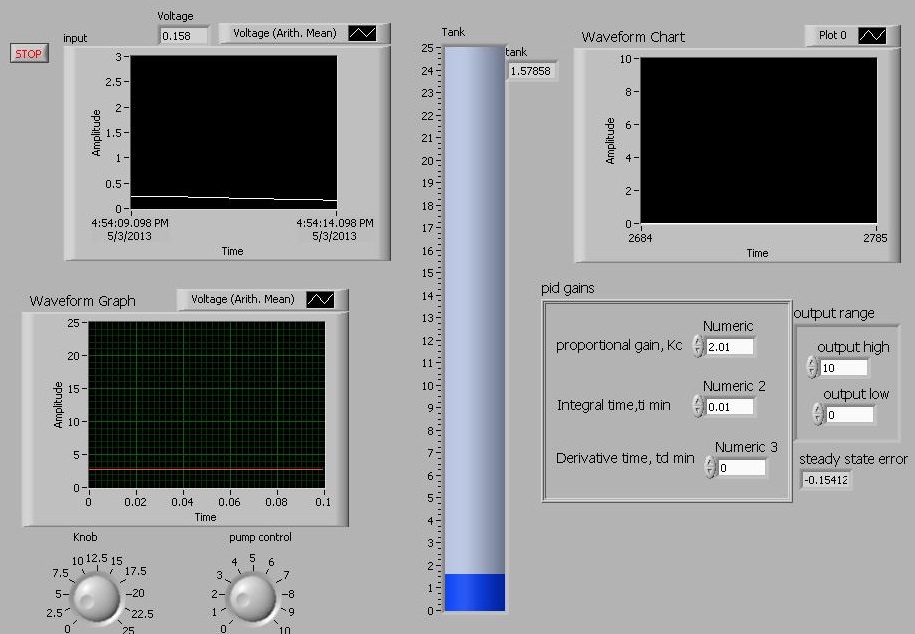

Therefore, the latter presentation is the velocity form. Taking the derivative of a position over time creates velocity. The original form of the equation is the positional form. The only change made was to take the derivative of the prior equation. To match the more familiar presentation, it would be shown as: Even though it is the same second-order differential equation, its presentation and explanation differ. Textbooks describing the PID algorithm present it as a differential equation, but not in the same way as the spring-mass or LRC circuit.

A lot of real world applications are second order differential equations, so the ability to comprehend the common mathematical foundations makes it easy to understand and remember. They are second-order differential equations. That’s because they are the same mathematically. Engineering graduates are very familiar with the spring-mass system and LRC circuits. Once engineering students grasp differential equations, they see them used to explain the classic spring-mass system in physics and LRC circuits in electrical studies. However, this article suggests a different approach using velocity instead of position.Ī core foundation of an engineering curriculum is differential equations. Why is it presented this way? Well, it does match the name of the algorithm and shows the proportional, integral, and derivative terms in a simple manner. The performance confirms the functionality of the developed set up.OP = Output to the final control element, typically in percent of scale The performance of the developed set up is checked with different controller tuning conditions as well with different coupling condition of MIMO process.

With the help of this interface the user can easily deployed any newly developed algorithm and verify on this laboratory scale test set up. The proposed set up has capability to interface with user friendly LabVIEW platform. An attempt is made to develop low cost, configurable, computerized and smaller size multi input multi output coupled process control laboratory test setup. Computerized and easy to use laboratory scale set up is very essential to investigate performance of different control algorithm on MIMO process. Even after very significant efforts made by the research fraternity, control of coupled MIMO process is still an open research issue. Control of such MIMO processes is always challenging due to coupling between inputs and outputs. Multi Input – Multi Output (MIMO) processes are very commonly found in many chemical unit processes.


 0 kommentar(er)
0 kommentar(er)
